TV genres are more like arbitrary guidelines than strict boundaries, but viewers have come to rely on them all the same.
We expect to see cops in police procedurals, doctors in medical shows, and dragons on dragon shows.
But what happens when a TV series jumps its genre guardrails and goes rogue?
This scenario happens more often than you’d think, especially with shows taking a supernatural twist.
It’s so common there’s even a name for it: The Paranormal Trope.
Wait … Did You Hear That??
TV shows often feature a supernatural episode for Halloween, which makes sense.
It’s a time of year when spooky shenanigans can be enjoyed and easily explained away (or just never mentioned again).
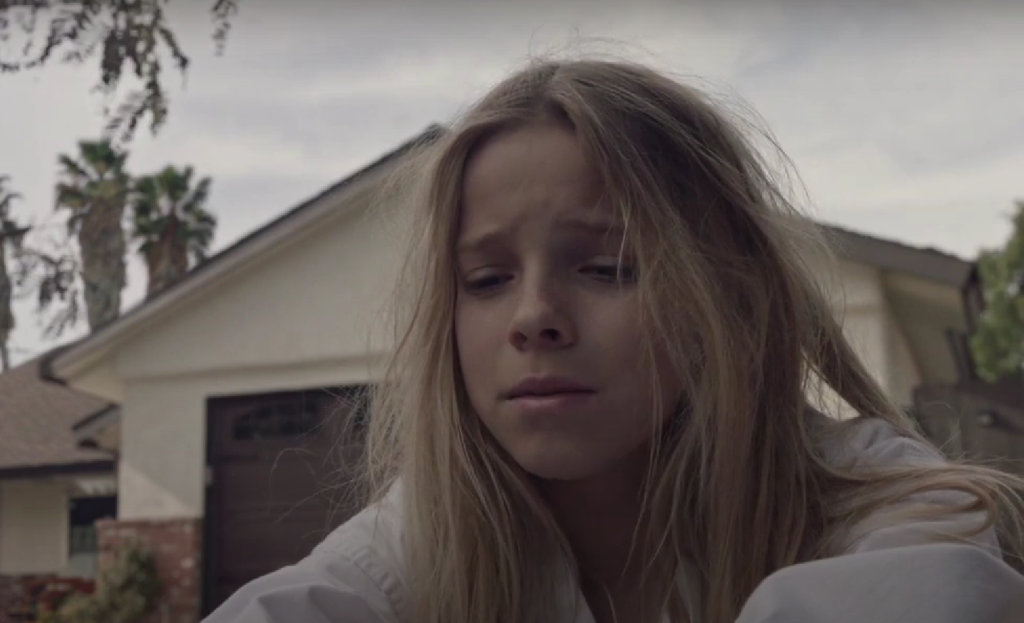
A “true” supernatural aspect buried in that holiday’s fake trappings blurs the line between a show’s established reality and how much that reality can stretch to accommodate a detour into the paranormal.
This often manifests as “help” from a ghost that turns out to be real or a prophecy that turns out to be true.
A lot of times, it’s tied to an object or item of clothing that gives the wearer access to the spiritual realm or takes them to a different time period.
The “Halloween” episode of My So-Called Life is a high school textbook example of this, where a vintage costume brings Angela (Claire Danes) into the ghostly orbit of Nicky, a student who violently died at their school’s Halloween dance in 1963.
And if you thought Happy Days was done with oddball episodes after jumping the shark, check out Season 11’s “The Spirit is Willing.”
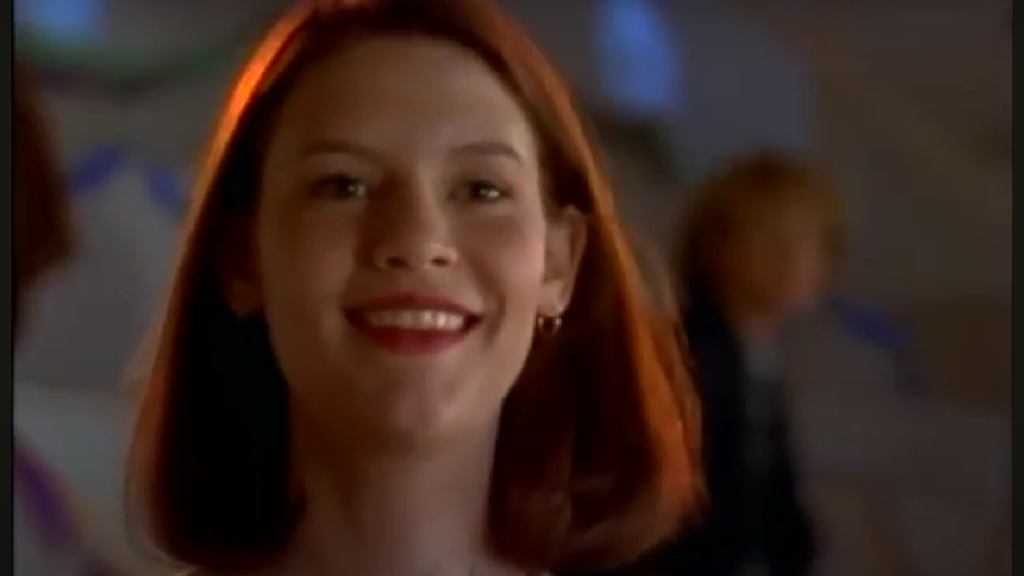
In this one, Fonzie’s latest classic car restoration project makes him wish it was “1955 forever.”
Little does he know that the car comes factory-installed with a gorgeous ghost determined to make that happen.
These Halloween episodes are one-offs, though.
They feature events that are on the more plausible end of the supernatural spectrum.
They also do not permanently alter the show’s main world.
There’s Got to Be a Perfectly Logical Explanation
Departure episodes of this type aren’t confined to a specific holiday, and their supernatural aspect doesn’t have to be scary.
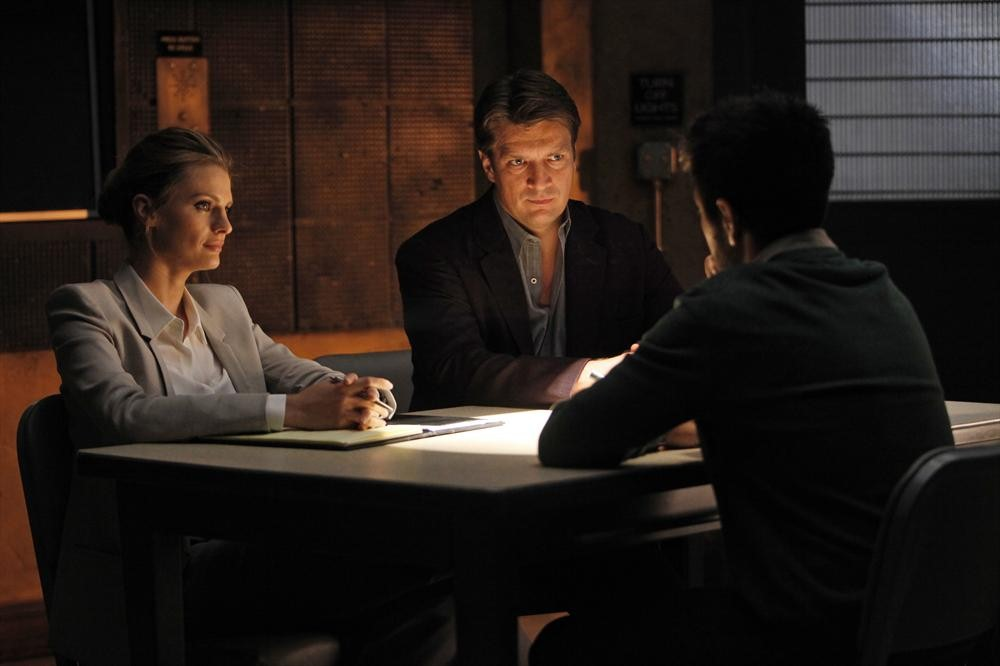
A great example is Castle’s “Time Will Tell” episode where a time traveler from the future tries to prevent a disaster and it’s ultimately left ambiguous as to whether he and his mission were real or not.
Shows that skew toward the supernatural in the first place have their own version of the Paranormal Trope, just in reverse.
Buffy the Vampire Slayer did this with the Season 6 episode “Normal Again,” where Buffy (Sarah Michelle Gellar) wakes up in a mental institution, and it is insinuated that the entire series has been a hallucination.
Showrunner Joss Whedon has stated that “Normal Again” was a bit of a fake-out and that he believes Sunnydale and the rest of the series were always “real,” but this one outlier episode gives viewers the option to consider that everything they’ve watched for years has been just a dream.
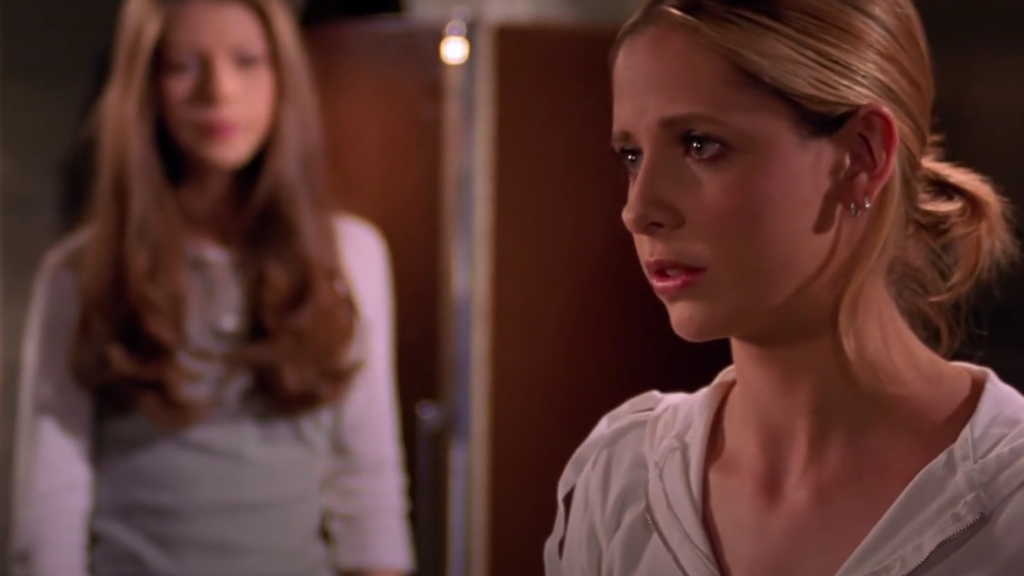
The best of these supernatural episodes do exactly what “Normal Again” did:
They leave a show’s canon intact while calling its overall reality into question, should viewers choose to entertain that possibility.
But what happens when a show’s supernatural turn isn’t a mere blip but a full-on change of direction?
Tell Me You’re Seeing This, Too
The original run of Roseanne (1988 – 1997) featured a complete U-Turn out of reality in its then-final ninth season (the series was revived years later in various forms).
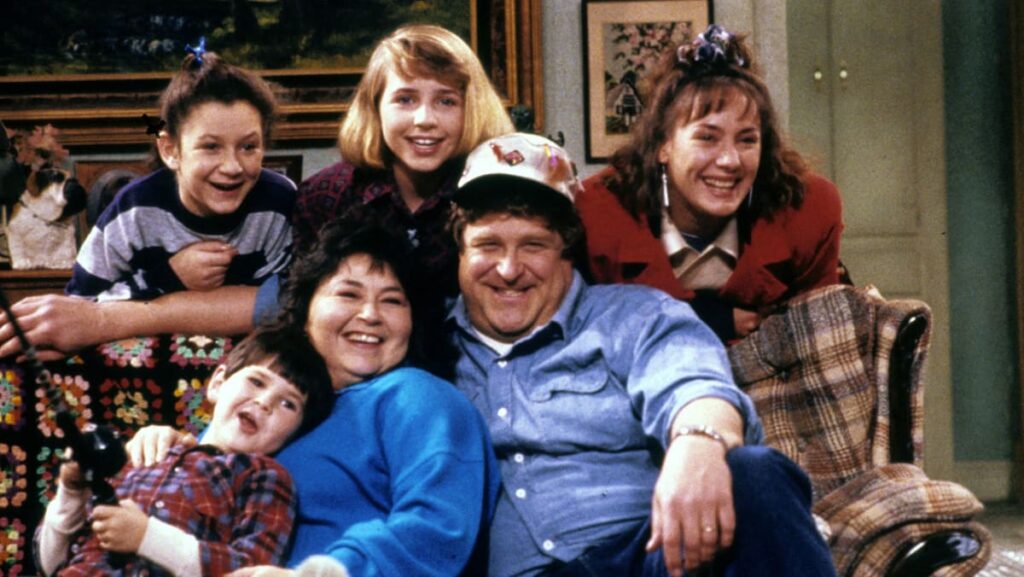
Praised for its realistic depiction of blue-collar life at a time when sitcoms seemed to only feature wealthy white-collar professionals, Roseanne began its ninth season by having the Conner family win the lottery.
Giving millions of dollars to the perpetually broke Conners was a departure in itself, but that was just the beginning of increasingly bizarre episodes featuring Roseanne on classic TV shows or Darlene giving birth to Satan.
The series took yet another turn in its final episode by attempting to explain what we’d been watching all season:
Roseanne was writing a book to deal with her grief over a death in the family, so everything we’d seen in Season 9 – and possibly the entire show – was fiction.
This series ending was deeply unsatisfying rather than comforting and marred the legacy of a truly great ’90s show.
Even though Roseanne’s format change spanned an entire season, it has more in common with the “It Was All a Dream” trope than an unexplained genre diversion.
This Might Sound A Bit Far-Fetched, But …
A more recent example of true genre-jumping is My Lady Jane, a Prime Video series that is a loose retelling of how the actual Lady Jane Grey became Queen of England for nine days in the year 1553.
It pretty much goes without saying that a historical series will take liberties with available facts.

Still, Prime Video completely buried the lead that My Lady Jane is actually a historical paranormal romance.
As in, some characters can turn into hawks, bears, and horses, which is startling when it happens out of the blue in an otherwise realistic first episode.
This development upends our previous expectations for the show and introduces an entirely different genre.
Of course, it’s not as if the show suddenly transported its characters and setting into outer space, but this turn to the supernatural is permanent and creates an alternate history where the established monarchy persecutes shifters.
A dramatic change in a show’s direction can be either delightful or disturbing.
What’s tolerable in a one-off episode can become polarizing when series-long expectations are undermined.
In My Lady Jane, the (literal!) shift in tone occurs early enough to let viewers exit the ride without wasting much time. It also helps avoid the kind of betrayal some viewers experienced when Roseanne shifted gears eight seasons in.
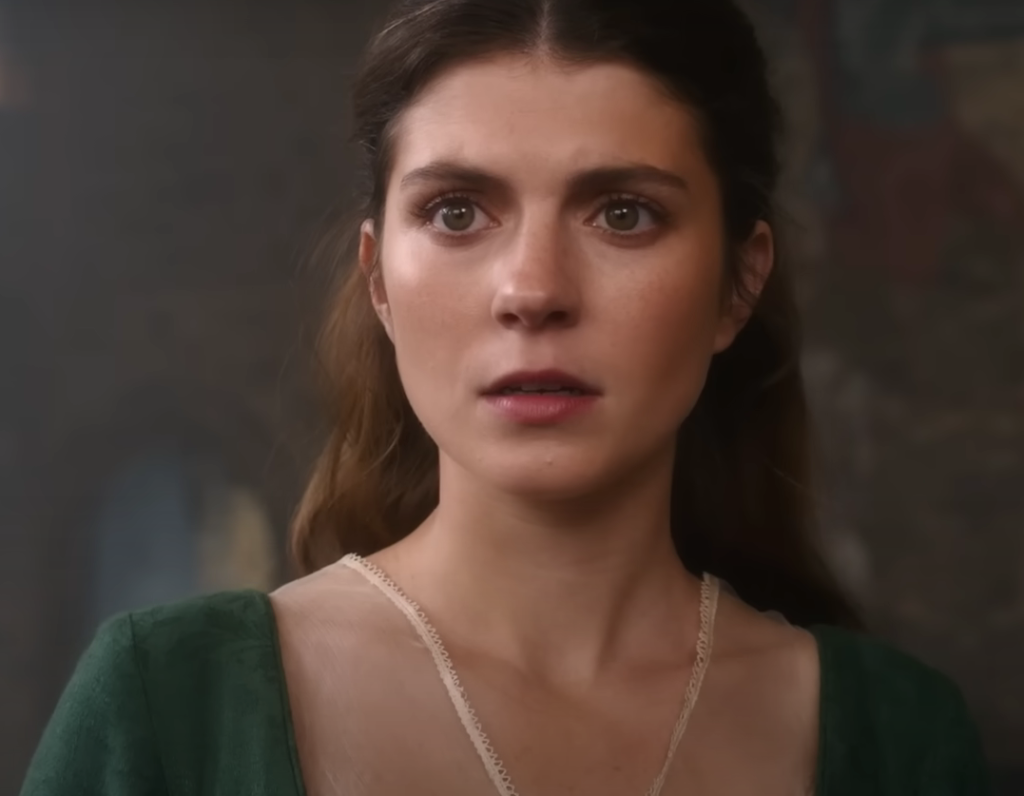
My Lady Jane’s cancellation after one season indicates the danger of keeping genre shifts a surprise.
We’ll never know how big of an audience the show might have had with more descriptive marketing.
We’ll Cover More Ground If We Split Into Two Groups
Supernatural departure episodes can be just as divisive as longer, more permanent turns for a series.
Few would call Barry realistic, but Season 2’s “Ronny/Lily” episode stretches fully into the absurd.
This is the one with the little girl karate master who can jump on roofs and may not be entirely human.

The episode is gory even for a famously gory show, but it’s the seriously disturbing images of this otherworldly little girl leaping around defying gravity that give it a peculiar tinge of horror.
Fans of the show seem to either love or hate this discordant episode (full disclosure: right here is where this author tapped out on Barry), proving once again how powerful these supernatural episodes can be.
Wait… Didn’t We Already Pass This Way??
The Paranormal Trope is a time-honored TV tradition that allows shows to play around and have fun.
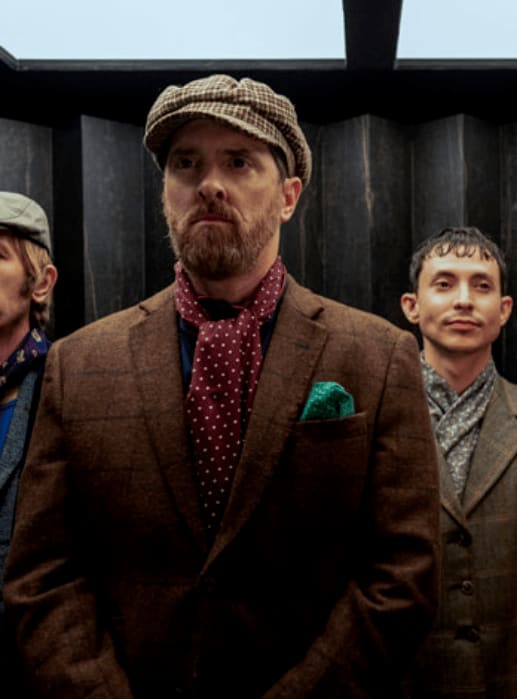
Even the cheerfully calm show Ted Lasso explored this territory with “Beard After Hours,” a fever dream homage to the Scorsese film and one of the most hated episodes of the entire series.
In it, Coach Beard rides the train home by himself after a match during a blue moon.
He quickly loses his wallet, his pants, and all sense of direction as he spends the evening bouncing from one hyper-absurd scenario to another in his quest to get home.
Viewers may have had more tolerance for these experimental episodes when TV seasons were much longer, and the individual stakes weren’t as high.
Still, it’s fascinating to see how much controversy they can generate today.
What are your favorite supernatural episodes of otherwise realistic shows? Let us know in the comments!
